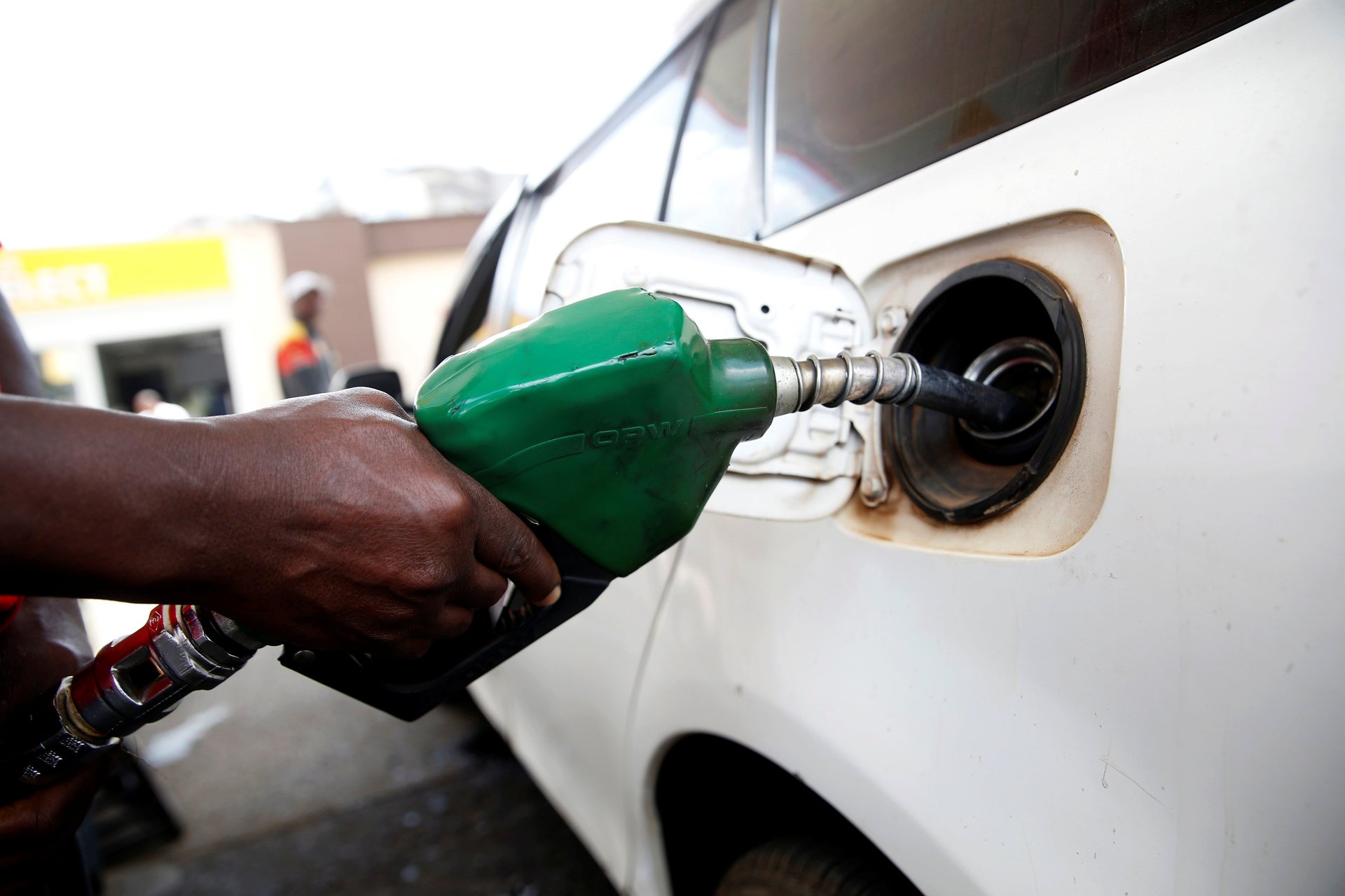Tough times have begun one day after Kenya's new president was sworn in
A removal of fuel subsidy has sent petrol and electricity prices to the roof as the country's tax authority hikes excise taxes in an inflation adjustment plan.

For many Kenyans, life was unbearable during former president Uhuru Kenyatta’s reign. But just one day after new president William Ruto’s inauguration, life is getting more onerous, after the lifting of a fuel subsidy that had kept the price of petrol, diesel and kerosene the lowest in eastern Africa.
“On fuel subsidy alone, taxpayers have spent a total of $1.2 billion [since 2020],” Ruto said during his inauguration before projecting that if it continues till June next year, it will cost Kenyans $2.4 billion. To cushion manufacturers and processors against high production costs, the government has spent $74 million in fuel subsides since April last year.
The move is seen as Ruto bowing to pressure from the International Monetary Fund, which in July set a new condition for the Kenyan government, requiring a removal of the fuel subsidy by October under a 38-month $2.34 billion loan.
Motorists could be seen queuing at petrol stations in Nairobi on the night of Sept.14, scrambling to fuel their cars before new prices take effect on Sept. 15 and last till Oct. 15.
The Energy and Petroleum Regulatory Authority (Epra) has raised the price of petrol, diesel and kerosene by 12.7%, 17.8%, and 16.4% respectively.
Epra has also increased the cost of electricity by 15.7%. Industrial power consumers will now pay even more as the pass-through costs now account for more than a third of power bills.
Higher fuel and electricity prices will lead to more job losses
Since January 2021, the price of petrol has now risen by 68.2%, resulting in higher production costs, hiked prices of consumer goods and a general rise in service fees. Dollar shortages arising from the war in Ukraine, Kenya’s low export volumes, and a plunging local currency could add into fuel woes to pronounce more job losses from the manufacturing sector.
Speaking about the dollar shortage, months back, Kenya’s central bank governor said “the forex market generates and distributes about $2 billion every month. If you have a sector which is importing $100 million a month, I think that’s nowhere near the $2 billion that we are putting out there.”
Over 75% of Kenya’s 53 million people are aged under 35, and youth unemployment rate stands at 39% .
In Ruto’s administration, Kenyans can expect to be cushioned from rising food prices but not through subsidies which he perceives as short-term solutions to perpetual problems.
“There was an attempt to subsidize maize flour in the run-up to the election, a program that gobbled up $58 million in one month, with no impact. In addition to being very costly, consumption subsidy interventions are prone to abuse, they distort markets and create uncertainty, including artificial shortages of the very products being subsidized,” Ruto said.
The bottom-up way asks for more effort
Ruto knows he must act fast to fix the economy and has announced a 46% price reduction in fertilizer as his government plans to establish a $420 million ‘Hustler Fund’ credit facility for small and medium sized businesses meant to stabilize the economy the bottom-up way. But that is far from enough and the ‘hustlers’ will have to endure more pain at the pump.
“He should reduce the price of all farm inputs. The cost of seeds, pesticides and farm machinery is still very high,” John Ndarugu, a large scale farmer in Nakuru tells Quartz.
The current 8.5% inflation rate has pushed the Kenya Revenue Authority to seek public participation for a planned 6.3% adjustment increase in excise duty, to come into effect on Oct.1.
“It will be more difficult living or doing business in Kenya now,” Samuel Musyoki, a bar owner in Nairobi tells Quartz.
Correction: An earlier version of this article incorrectly attributed a quote by the central bank of Kenya governor to Kenyan economist Ken Gichinga.
